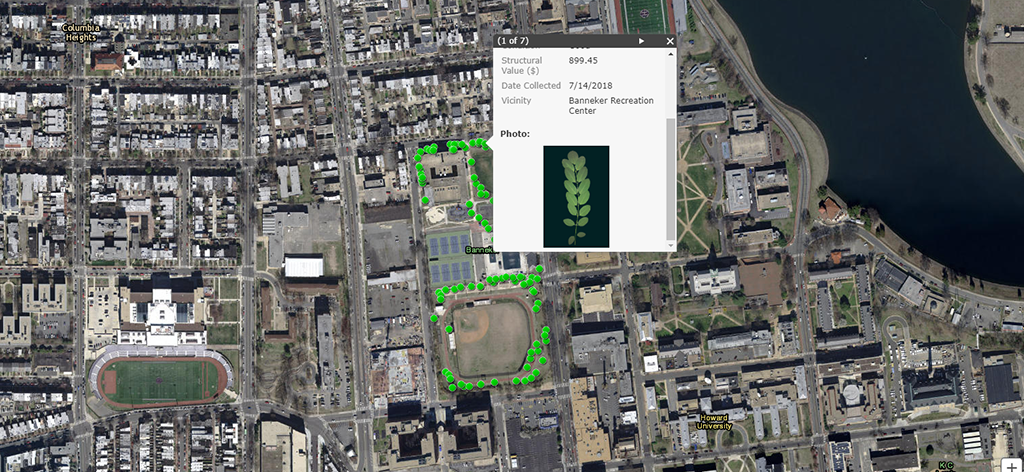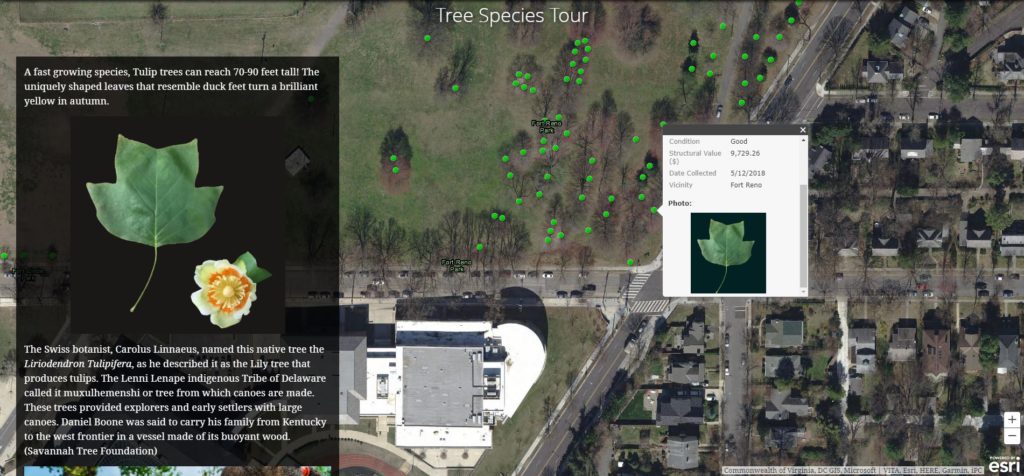DC Parks Storymaps
Banneker Recreation Center
Serving as a haven for enlisted soldiers during World War II, a hub for black families during segregation, and the site of the nation’s first black pride festival, Banneker Recreation has been at the heart of many of D.C.’s social and political events. Today, it is one of the city’s most popular recreation centers and home to over 120 trees.

Logan Circle
Logan Circle has been a landmark of the District’s culture since the city’s inception. Sitting between 14th Street NW and 11th Street NW, the land was a part of James Pearce’s “Jamaica Plantation” from 1687 until 1791, the year of Pierre L’Enfant’s survey. As part of that survey, the federal government acquired the land and designated the circle as a triangle, a core for a neighborhood, a focus for Vermont and Rhode Island avenues, 13th and P Streets.

Lincoln Park
Named Lincoln Square in honor of the martyred President in 1867, this park was once home to Lincoln General Hospital, the largest military hospital for injured Union soldiers during the Civil War. Throughout the 1960s Lincoln Park served as the site of numerous civil rights rallies. Today, this park is a well-loved neighborhood amenity. It’s a destination for its memorial significance and often, as simply a flourishing open green space amidst the hustle and bustle of Capitol Hill.
Fort Reno
At the highest natural point in D.C., Fort Reno was once the largest Civil War fort defending Washington. Watching over River Road and Rockville Pike, its missionary could rain down fire on Arlington and far into Bethesda. In the following centuries, this space transitioned from a neighborhood to a thriving green space with more than 150 trees.

